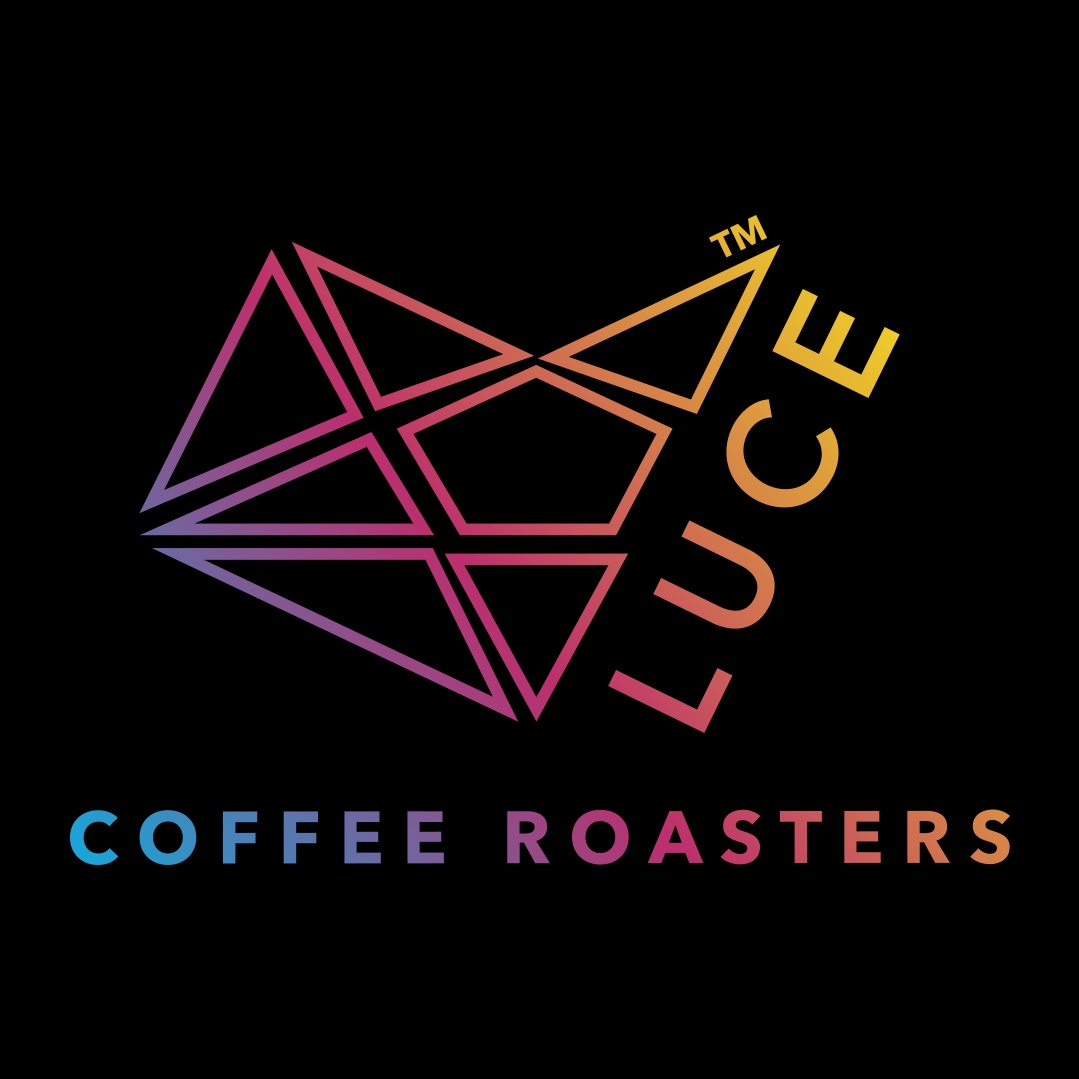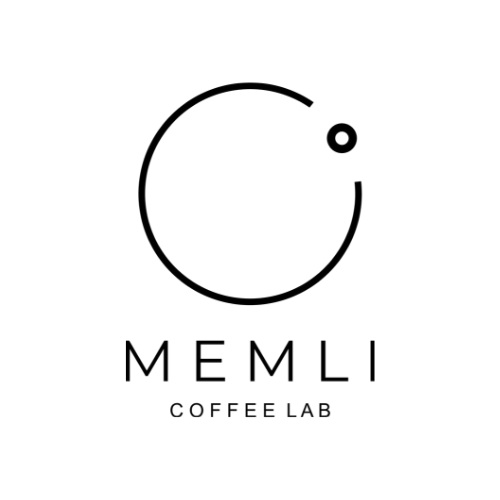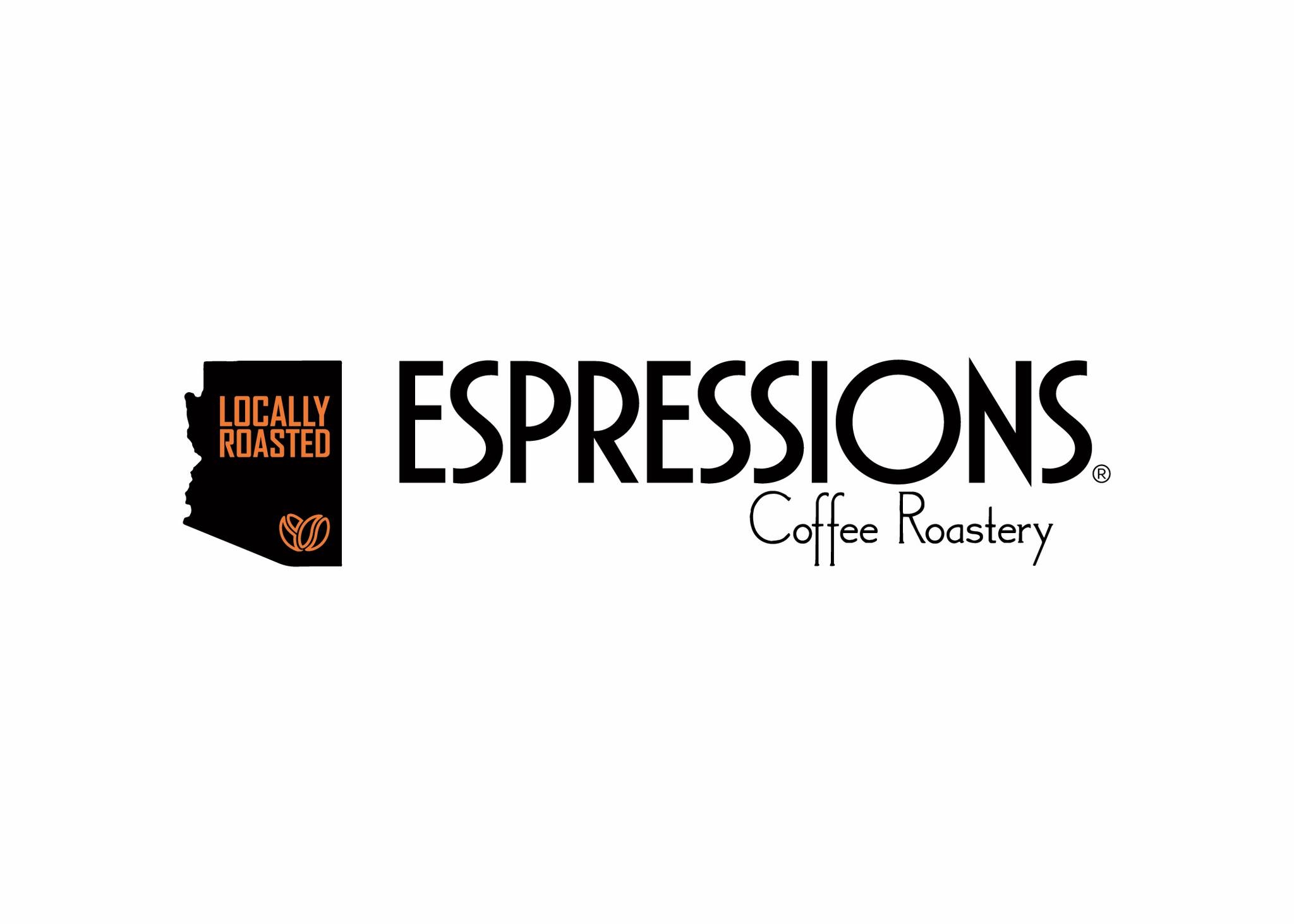Together we'll taste 3 different single origin coffees, sourced from our local friends at Stumptown Coffee, paired along with our single-origin dark chocolates.

Together we'll taste 3 different single origin coffees, sourced from our local friends at Stumptown Coffee, paired along with our single-origin dark chocolates. This tasting is hands-on and you'll learn how to do coffee cupping on your own.
You'll learn about key flavor profiles of coffee and chocolate, how to maximize the sensory experience of chocolate and coffee, and how to interpret aromas, textures and flavors. Coffee and chocolate will be enjoyed alongside complimentary bagels from our friends at Black Seed Bagels.
Unroasted & Uncommonly Delicious
We make unroasted dark chocolate from scratch, with traceable, high quality, and transparently traded single origin cacao, crafted into something uncommonly delicious.
Cacao beans are the seeds of the cacao fruit, harvested and prepared by producers at origin. Every bean has a flavor profile shaped by the soil and climate it grows in, as well as the care each producer takes in cultivating and processing it.
This fruity flavor is often roasted away in favor of that classic chocolatey note. We love this fruit-forward flavor, and we make our chocolate without roasting so you can enjoy it too.
Chocolate starts with a fruit.
Cacao beans are fruit seeds. Theobroma cacao is a fruit tree that bears heavy, football-shaped pods, full of lemony, sweet pulp and about forty to sixty seeds. These seeds are harvested by hand and referred to as “wet cacao” since they’re coated in the pulp.
This pulp is about ninety percent water and ten percent sugar, making it the perfect food for microbes, which leads to the first step in the post-harvest process: fermentation!
Fermentation brings out the flavor
The wet cacao is fermented in wooden boxes covered with banana leaves for four to seven days depending on the origin and the producer.
While it’s the pulp that is fermented, and not the cacao seeds themselves, the seeds are subjected to the effects of fermentation like high temperatures and the creation of ethanol and acetic acid, deactivating the germ and developing flavor and aroma precursors. What this means is that it tastes a whole lot better than before.
When you eat chocolate, you’re almost always eating cacao beans that have been through the fermentation process. This is why we don’t refer to our chocolate as raw: reactions during the fermentation process generate heat, bringing the temperature of the pile up to around 120°F.
Without this process, cacao won’t properly develop the flavors and aromas that are so vital to the chocolate experience. At Raaka, our focus is on the flavors of the fermentation profile.

You will learn secret science in milk in the Latte Art Class and how it affects foam’s quality to get world-class level latte art. You will learn how to steam the milk, pitcher grip and pour basic heart, tulip, rosetta, and more.

That way we can promote our partner's outstanding skills at the origin so that your coffee gets better every year.

Training is included with the purchase of commercial espresso equipment.

These muffins are soft, spongey, and most importantly yummy! They are subtly sweet with hints of lemon, cinnamon, and nutmeg. You will also make a creamy glaze and mixed berry sauce for a perfect final touch.

Learn your preferences for various coffee origins [Americas, Africa, & Indo-Pacific] and processing methods [Natural, Honey, Washed].
© 2025 coursetakers.com All Rights Reserved. Terms and Conditions of use | Privacy Policy